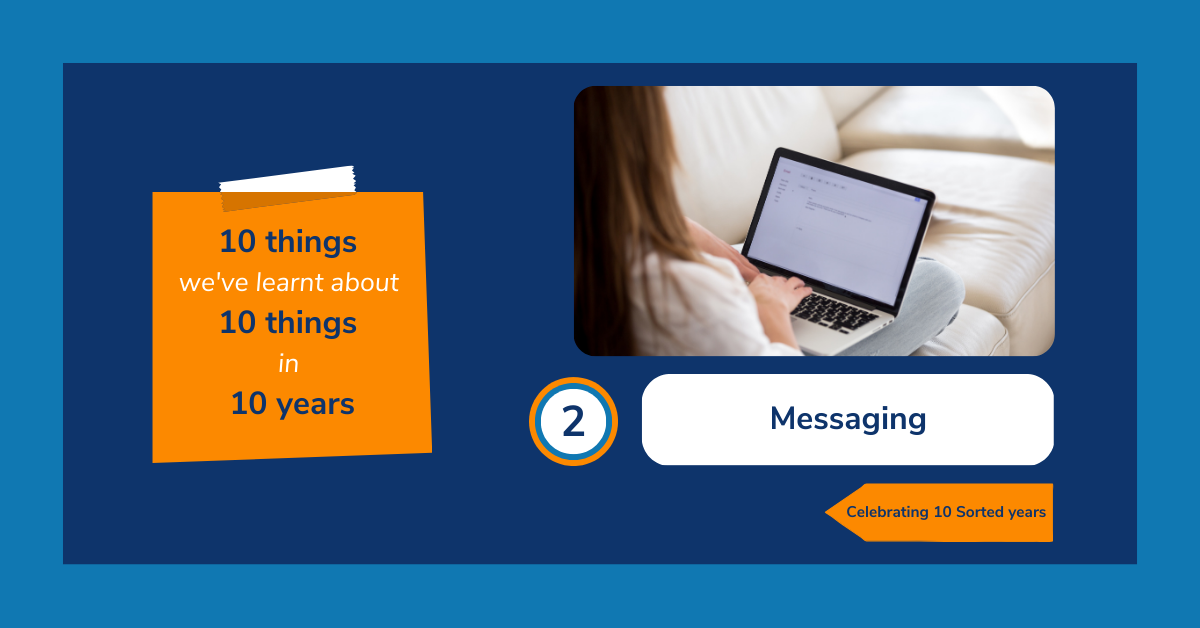Last month we began celebrating our tenth birthday! As part of our reflections on how far we’ve come and how much we’ve learnt along the way, we challenged ourselves to come up with 10 topics we’ve learnt 10 things about in 10 years.
 We’ve already shared our wisdom on remote working and this time we turned our attention to the very thing we do every day – comms, and more specifically how you can ensure you get your message across.
We’ve already shared our wisdom on remote working and this time we turned our attention to the very thing we do every day – comms, and more specifically how you can ensure you get your message across.
As a team, we have more than a century’s experience working with communications teams in the NHS, wider healthcare, pharma, charities, and the third and public sectors. Most of us have worked in-house before and so we know how hard it can be to balance strategic planning and delivery of high-quality materials. (It does also mean we might be cheating a little here, as the pointers we’re about to give may be based on more than the last 10 years!) So, here goes…10 things we’ve learnt about successful messaging:
1. Be clear and brief
Let’s face it, everyone is busy these days. Try to get your point across as simply and concisely as possible, making it easy for your audience to understand and remember. Use straightforward language, avoid jargon and get to the point quickly.
2. Tell a story
People are more likely to remember and engage with your message if it’s presented in the form of a story. This means include anecdotes, examples, and case studies to make the message more relatable and memorable.
3. Know your audience
It’s essential to understand who you’re trying to communicate to so you can tailor your message to their needs and interests. This includes a whole heap of factors such as their age, demographics, motivations and level of expertise in the topic you’re covering.
4. Think about visuals
Visual content, such as images and videos, can be a powerful way to convey information and engage an audience. It’s worth remembering that different people respond better to different forms of communication, so mixing it up is a sure-fire way to reach a wider audience.
5. Use social media
Social media platforms can be a great way to reach and engage with a wide audience. However, it’s important to take some time to understand the different social media platforms and how you can use them most effectively.
6. Be authentic
Organisations need to be authentic and transparent in their communications if they’re to inspire trust in their audience. Be honest, open, consistent and genuine in your messaging.
7. Connect!
No one wants to feel like just another customer, and most people don’t enjoy reading formal documents. Engage with your reader on a personal level and be friendly. Use pronouns like we, our, us and you to emphasise that personal link.
8. Be credible
When you’re writing blogs and articles, if you want to truly engage your readers it’s important to ‘keep it real’ by including your own ideas and opinions. However, equally important is backing up what you say with credible and relevant facts and references. This not only adds weight to the points you want to make, but it also allows readers to find out more if they wish.
9. Be positive
People can easily become numb to messaging if they feel there’s never anything in it for them. Mixing up your communications with some positives, such as simply saying thank you, can do wonders for getting your message across. A little bit more carrot and a little less stick can be the difference between your audience reading what you write and hitting delete before they’ve got past the email header.
10. Proofread
When you’re a busy comms team, your first priority is producing content that reaches the right people in the right way at the right time, and thorough proofreading can sometimes fall by the wayside. However, it’s important to get the basics right; your messaging will be all the more effective if it’s written clearly and correctly.
Of course, we know that sometimes it’s not easy to think about all this when you’re up against multiple deadlines and competing priorities, so if you could use an extra pair of hands to get everything done, speak to one of our word warriors today. We can help get your communications sorted.
